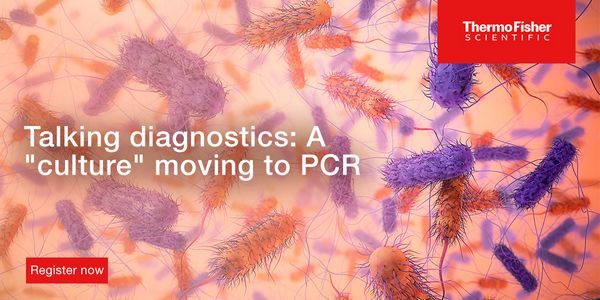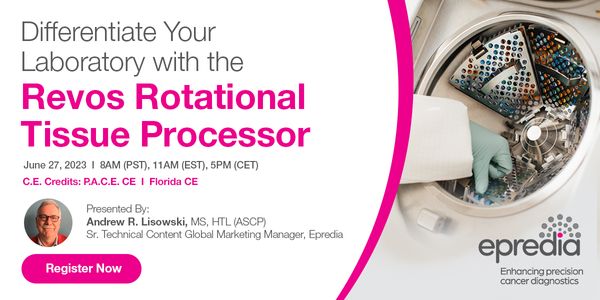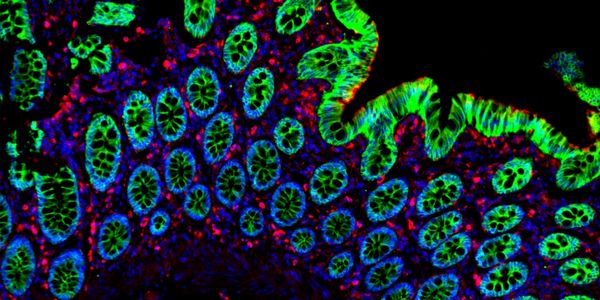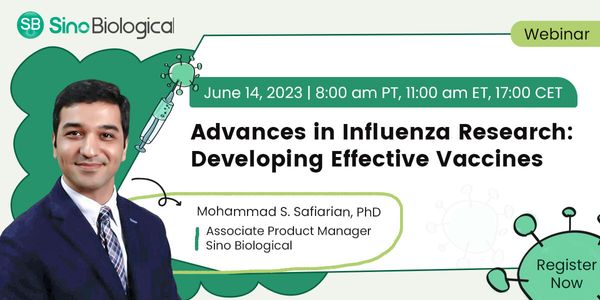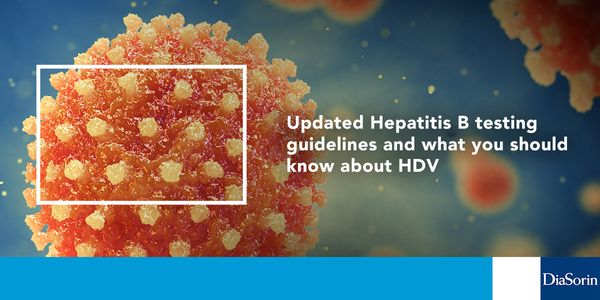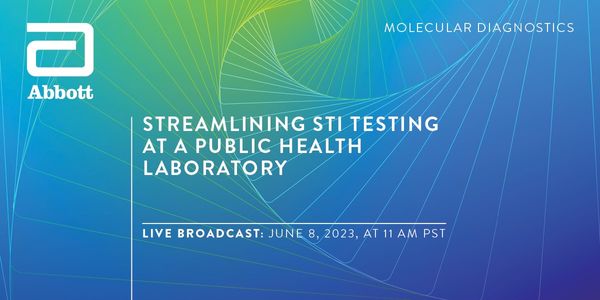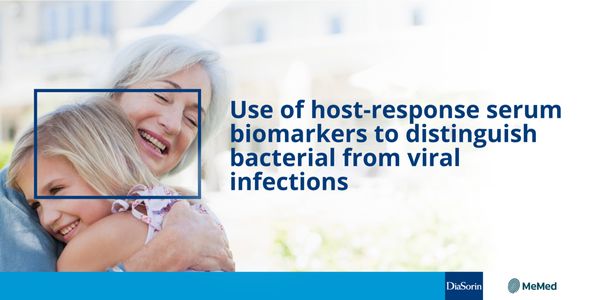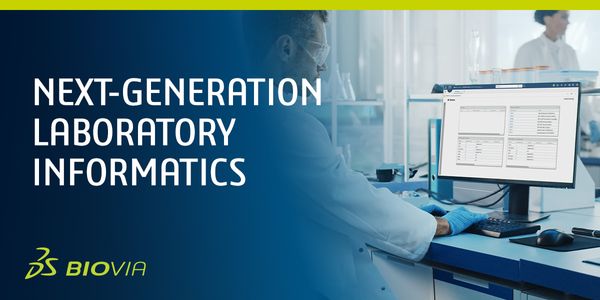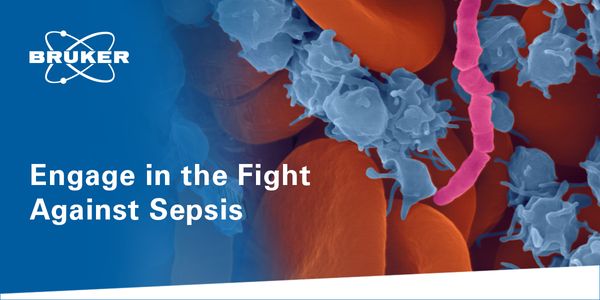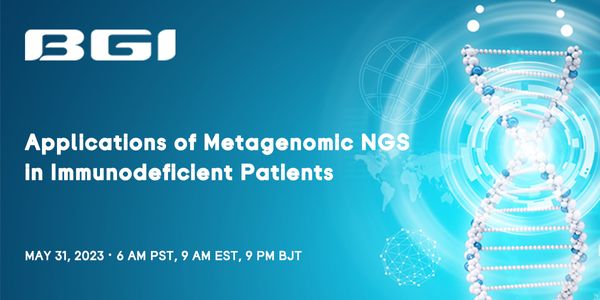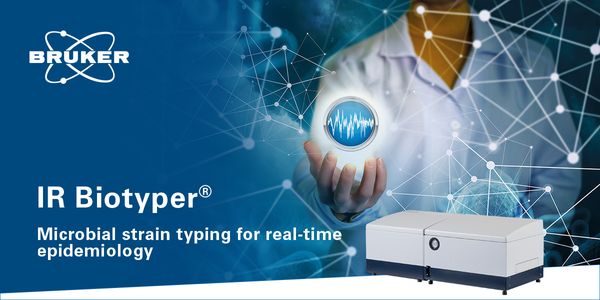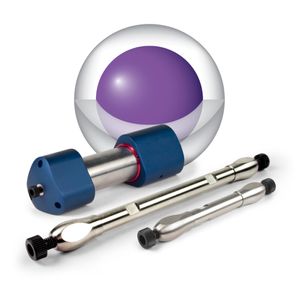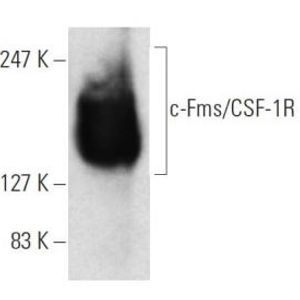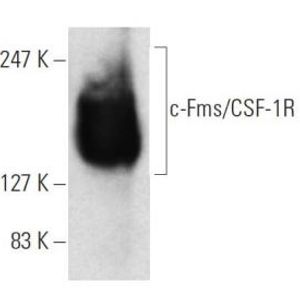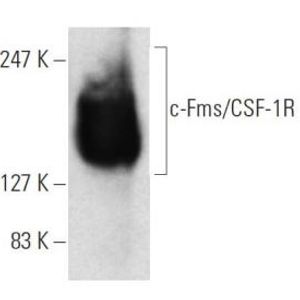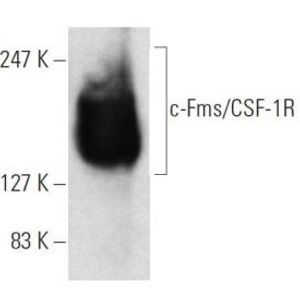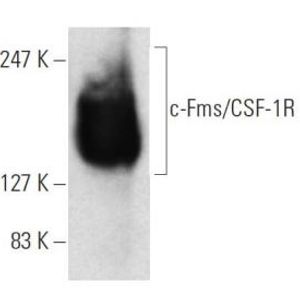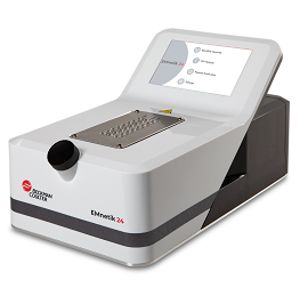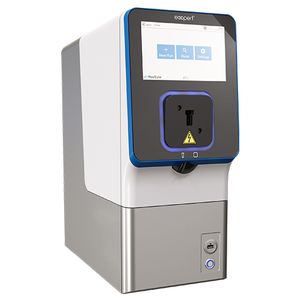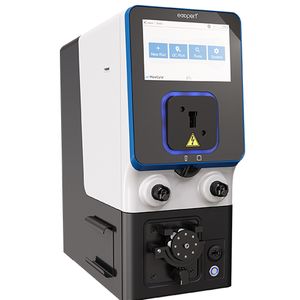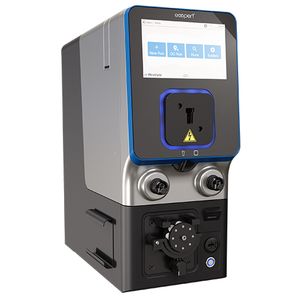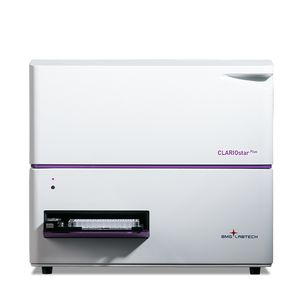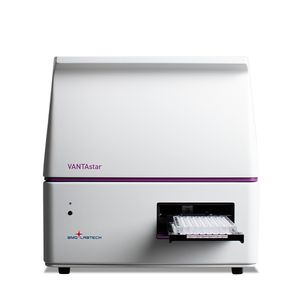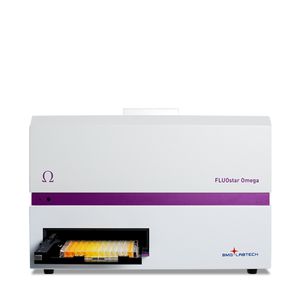WEBINARS
Our webinars allow users to learn from experts and earn continuing education credits on industry topics, progress in research, services available, and more.
Show More
-
Learning Objectives: - Summarize the reasons for growth of Precision Medicine-based testing - Review challenges that are impacting the growth of Precision Medicine - Identify opportunities t...
JUN 28, 2023 | 8:00 AM
C.E. CREDITS
Laboratories performing diagnostic testing for infectious diseases have an obligation to meet the needs of multiple patient populations. With infectious disease, time it takes for reporting...
JUN 27, 2023 | 11:00 AM
C.E. CREDITS
Cancer is a leading cause of death worldwide, accounting for nearly 10 million deaths in 2020, or nearly one in six deaths, according to the World Health Organization. Many cancers can be cu...
JUN 27, 2023 | 8:00 AM
C.E. CREDITS
Quality sample preparation is fundamental to the analytical process. Tissue Processing is the most complex and one of the longest step in the histology workflow. The quality of the processed...
JUN 22, 2023 | 11:00 AM
C.E. CREDITS
When building your own infectious disease molecular panels there are many paths to consider. In this interview, we ask Marcus Cognetti and Dr. Ari Frenkel what approach is required to create...
JUN 20, 2023 | 10:00 AM
C.E. CREDITS
Spatial biology enables researchers to characterize combined molecular information and spatial...
JUN 15, 2023 | 8:00 AM
C.E. CREDITS
ELISA (Enzyme-Linked Immunosorbent Assay) is a powerful and well-established method that enables researchers to detect and quantify a wide range of soluble substances, such as peptides, prot...
JUN 15, 2023 | 10:00 AM
C.E. CREDITS
Insights gained from studies using genome editing tools can provide a better understanding of cellular physiology, so that we can uncover answers to complex diseases and ultimately develop t...
JUN 14, 2023 | 8:00 AM
C.E. CREDITS
Influenza is a highly contagious respiratory illness that affects millions of people worldwide each year. The influenza virus is constantly evolving, making it difficult to predict and preve...
JUN 14, 2023 | 8:00 AM
C.E. CREDITS
Insights gained from studies using genome editing tools can provide a better understanding of cellular physiology, so that we can uncover answers to complex diseases and ultimately develop t...
JUN 13, 2023 | 8:00 AM
C.E. CREDITS
1. HBV 5 Line Guideline (Proposed): • Test all adults for Hepatitis B with the triple panel: HBsAg, Anti HBc total, Anti HBs • Vaccinate all adults for HBV who are HBV triple panel...
JUN 08, 2023 | 11:00 AM
C.E. CREDITS
Learning Objectives: Understand the current STI landscape in the US Discuss the operational efficiency with implementation of Alinity m STI Review the clinical performance of Alinity m STI...
JUN 08, 2023 | 9:00 AM
C.E. CREDITS
In the emergency department, distinguishing between bacterial and viral infections can be challenging, leading to inappropriate use of antibiotics that may contribute to the development of b...
Real-time PCR, also known as quantitative PCR (qPCR), is the gold standard for sensitive, specific detection and quantification of nucleic acid targets. This qPCR technology as offered by Th...
For laboratories that operate within quality management systems for compliance with global standards such as ISO 9001, ISO 13485, ISO 17025, ISO 15189, GxP, etc. and other country-specific r...
JUN 06, 2023 | 9:00 AM
C.E. CREDITS
Transmission electron microscopy reveals the architecture of cells at nanometer resolution, but chemical fixation severely warps their native structure. The true ultrastructure of cells can...
JUN 06, 2023 | 8:00 AM
C.E. CREDITS
As the life sciences industry continues to evolve, so does the need for advanced laboratory management solutions that can help improve efficiency, streamline workflows, and ensure compliance...
MAY 31, 2023 | 10:00 AM
C.E. CREDITS
Date: May 31, 2023 Time: 10:00am (PDT), 1:00pm (EDT), 5:00pm (CEST) Bloodstream infections (BSIs) are defined as a systemic infection resulting from the presence of viable microorganisms in...
MAY 31, 2023 | 8:00 AM
C.E. CREDITS
Do you have questions about Tissue Processing? Robin Fitzl, Senior Application Specialist at Leica Biosystems, has the answers! As part of her popular “Lessons from the Laboratory&rdqu...
MAY 31, 2023 | 6:00 AM
C.E. CREDITS
Although metagenomic next-generation sequencing (mNGS) is increasingly used in clinical microbiological diagnosis, especially for rare or complicated infectious diseases, the applications of...
MAY 25, 2023 | 10:00 AM
C.E. CREDITS
Free light chains, kappa (κ) lambda (λ), are produced by plasma cells and known to be an important marker in patients with Multiple Myeloma and AL Amyloidosis. The precursor con...
MAY 23, 2023 | 7:00 AM
C.E. CREDITS
Fourier Transform Infrared (FTIR) spectroscopy is an emerging technology in the field of microbiology. Recent studies have shown its utility for bacterial typing and the identification of ou...
Over the last two decades, DNA synthesis has established itself as a standard tool propelling life science research in a wide range of fields....

